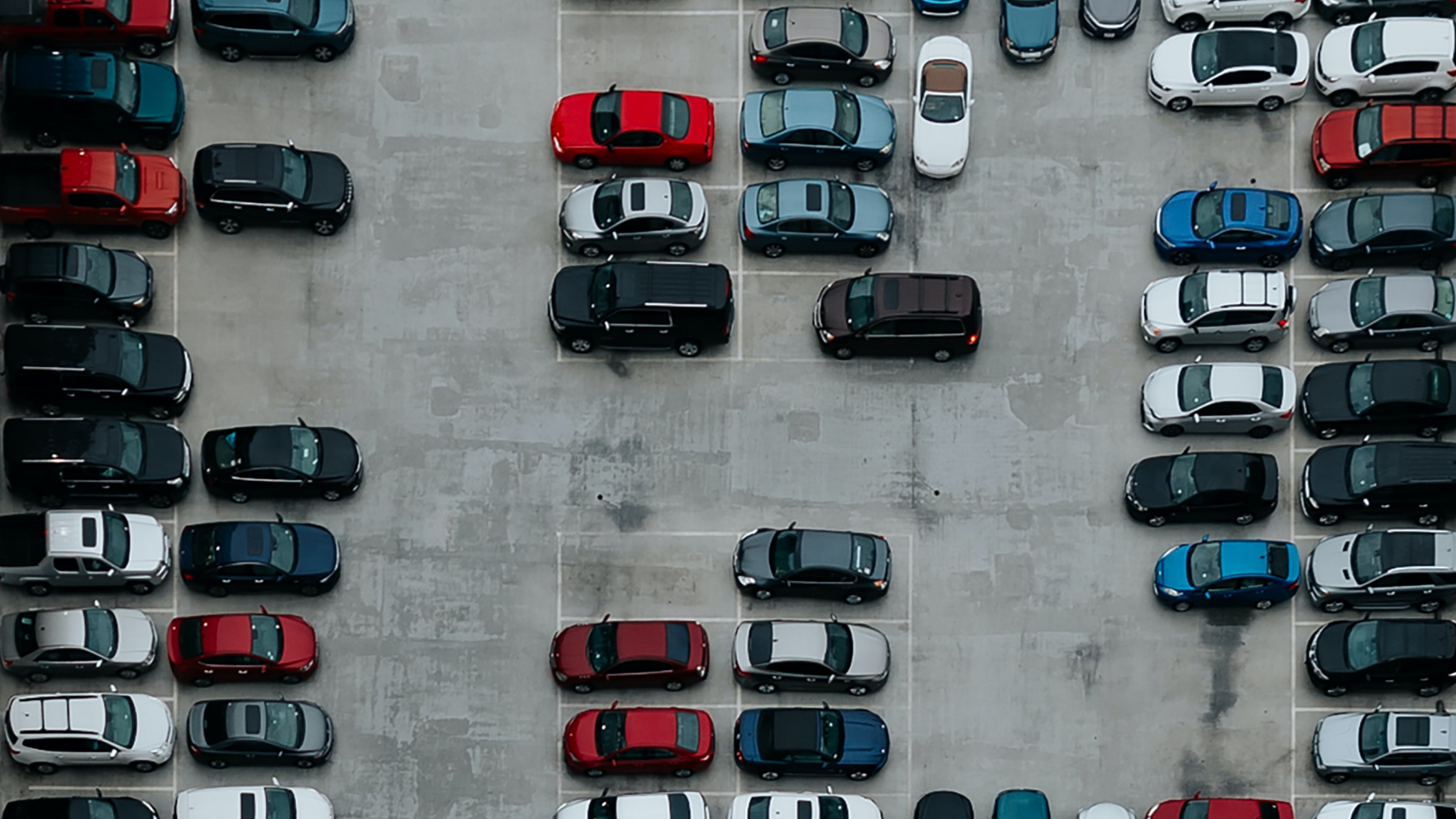3 min read
Tiny Machine Learning Devices: A Nascent Technology In Daily Life
![]() Yair Poleg
:
4/25/22 10:00 AM
Yair Poleg
:
4/25/22 10:00 AM

This article was recently published by toolbox.com at this link
A few years ago, machine learning (ML) was a ‘cloud only’ capability. This was due chiefly to applying technologies like deep neural networks (DNN) to audio, images, and video inputs. Now, however, with a combination of steady growth and giant leaps in technology, the AI and infrastructure space is evolving a lot faster. Yair Poleg, Ph.D., co-founder and CTO of Ayyeka, takes us through the process of these game-changers in tech reaching market maturity and the way ahead.
For ML to achieve ‘human grade’ performance, many training iterations and labeled data are needed. This requires lots of resources such as GPUs and storage available at the click of a button for every cloud provider. As a result, ML evolved mainly on the cloud, but that doesn’t mean it needs to stay there. Nowadays, a new field of Machine Learning called tinyML makes it possible to run machine learning models on tiny, battery-powered Internet of Things (IoT) devices.
The Internet of Things (IoT)
The IoT is a network of physical objects— “things”—embedded with sensors, software, and other technologies for digitalization and automation. These devices range from ordinary household objects to sophisticated industrial equipment. A common trait for all IoT devices is that they are connected to a platform, and sometimes to each other, to perform their function. Connectivity is typically achieved through a cellular network for outdoor IoT devices. When indoors or in dense urban areas, WiFi, LPWAN or Bluetooth can be used. With more than 7 billion devices, this vast market is constantly growing. Some industry experts predict this number will grow to 22 billion by 2025. It’s no surprise that there is a “gold rush” to cash in on expected riches.
See More: AI Adoption Will Grow Ten-fold by 2030, Dominated by Use in IoT
Machine Learning for IoT Devices
The vast majority (billions!) of IoT devices do not possess a fraction of the computing power available on the cloud. However, recent breakthroughs in Machine Learning (ML) allow even the tiniest IoT device to perform specific ML tasks. This emerging field of Machine Learning is known as tinyML. This combination of ML on tiny IoT devices is a part of the larger concept of moving intelligence from the cloud to ‘Edge devices’. It is often referred to as ‘Edge Artificial Intelligence’ or ‘Edge AI.’
Some pioneering applications for tinyML on IoT devices include:
- Voice commands like Alexa and Siri
- Smart cameras with object and facial recognition
- Real-time health and activity monitoring
- Smart city parking with automatic billing
Applications for Smart Cities
Take smart city parking, for example. One way to optimize parking is to put a video camera (similar to surveillance cameras!) at every street corner and monitor who parks where and when. This allows the municipality to automatically start the billing process for parking slots and let people know where the empty spots are located. Traditionally, this would require sending a live video feed to the cloud for processing. This creates a huge privacy issue: the municipality only needs to know the car’s license number to start the billing process. However, a live video feed contains much more information, like who is riding in the car with whom, creating a huge privacy issue. This is precisely where tinyML comes into play: tinyML lets you process the live video feed on resource-constrained devices in the field without sending it to the cloud. In this case, the only thing that would be sent to the cloud is the license plate number, and with that, the privacy issue is gone. The raw video would never leave the camera.
The Environmental Impact of AI Evolution
The combination of IoT and tinyML will also play a central role in helping organizations meet Environmental, Social, and Governance (ESG) goals. Environmental monitoring projects leverage IoT technologies to collect field data such as air quality, water quality, noise levels, etc. Traditionally, scanning the data for abnormal events would involve transmitting the data to the cloud and applying an Anomaly Detection algorithm. With tinyML, these battery-powered IoT devices can perform Anomaly Detection and other Machine Learning tasks in the field. This eliminates the latency introduced by transmitting data to the cloud for analysis and extends the battery life of the devices as well.
Conclusions
Machine learning and tiny IoT devices were like chalk and cheese in the past. It was nearly impossible to apply machine learning to these tiny devices. Machine learning was therefore done only in the cloud. As tinyML matures from a niche research field to a production-grade technology, billions of tiny IoT devices can now leverage machine learning. The fusion of IoT and Machine Learning opens the door for many new applications in a wide variety of industries. This, in turn, will increase the adoption of IoT technologies and boost the digitalization of cities and other legacy industries such as critical infrastructure, environmental monitoring, and transportation.

